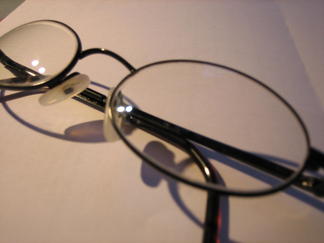Observant readers will have noticed a renewed assault upon the meteorological station data that underpin some conclusions about recent warming trends. Curiously enough, it comes just as the IPCC AR4 report declared that the recent warming trends are “unequivocal”, and when even Richard Lindzen has accepted that globe has in fact warmed over the last century.
The new focus of attention is the placement of the temperature sensors and other potential ‘micro-site’ effects that might influence the readings. There is a possibility that these effects may change over time, putting in artifacts or jumps in the record. This is slightly different from the more often discussed ‘Urban Heat Island’ effect which is a function of the wider area (and so could be present even in a perfectly set up urban station). UHI effects will generally lead to long term trends in an affected station (relative to a rural counterpart), whereas micro-site changes could lead to jumps in the record (of any sign) – some of which can be very difficult to detect in the data after the fact.
There is nothing wrong with increasing the meta-data for observing stations (unless it leads to harassment of volunteers). However, in the new found enthusiasm for digital photography, many of the participants in this effort seem to have leaped to some very dubious conclusions that appear to be rooted in fundamental misunderstandings of the state of the science. Let’s examine some of those apparent assumptions:
[Read more…] about No man is an (Urban Heat) Island
 If you are a RealClimate regular, you are undoubtedly aware of our ongoing interest in
If you are a RealClimate regular, you are undoubtedly aware of our ongoing interest in 


 Global climate statistics, such as the global mean temperature, provide good indicators as to how our global climate varies (e.g. see
Global climate statistics, such as the global mean temperature, provide good indicators as to how our global climate varies (e.g. see